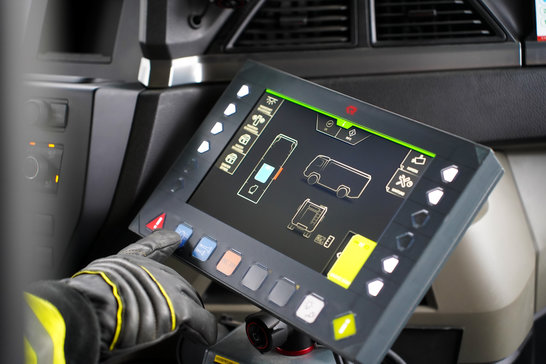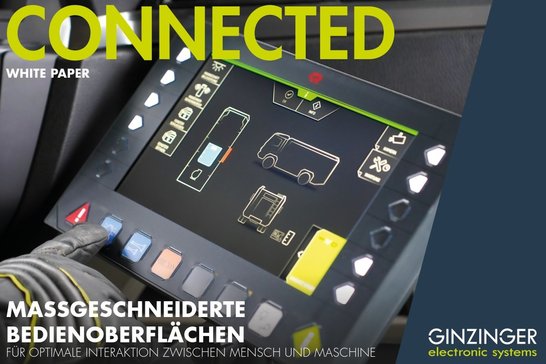Special
Modular HMI platforms as a success factor for modern operating devices
Modular approaches enable user interfaces to be developed more quickly, designed more securely, and adapted flexibly to the requirements of networked industrial plants.

User interfaces in industrial applications have changed fundamentally in recent years. Where simple keypads or monochrome displays used to dominate, users now expect high-resolution touch displays, flexible interaction options, and seamless networking. At the same time, the demands on systems are increasing: different generations of devices, growing expectations in terms of usability, security, and connectivity, and shorter innovation cycles are making traditional development approaches increasingly impractical.
Modularity as the key
A modular platform approach offers the solution here. Hardware, software, and communication interfaces are divided into reusable building blocks. Different display sizes or touch technologies can be implemented on the same basic architecture, while a scalable operating system ensures stability and the application level can be flexibly adapted. This saves development time, reduces costs, and makes complex systems manageable.

Networked HMI systems and security
Modern HMI-systems are increasingly part of IoT architectures and must reliably exchange data between machines, cloud, and edge systems. Security is a key aspect here: security concepts integrated from the outset and compliance with regulatory requirements such as the EU-Cyber Resilience Act are crucial. Updates and continuous maintenance are a must, not an extra. Today, HMI platforms act as an interface between users, machines, and digital infrastructure—far more than just visualization.
Advantages of modular platform strategies
A modular approach offers decisive advantages. Reusable base modules significantly accelerate development. Components can be used in different device classes, new technologies such as AI-supported interactions can be integrated without rebuilding the entire system, and long-term maintenance is carried out uniformly across the platform.
Security also benefits from modularity: A consistent concept includes systematic threat analyses, transparent documentation of all components in a Software Bill of Materials (SBoM) , and structured update processes for security and functional updates. In this way, HMI systems become part of a comprehensive cyber resilience strategy.

find out more with the HMI-Whitepaper
Ginzinger electronic systems offers a free HMI white paper that provides practical examples of how modular platforms can be implemented in industrial applications. The white paper covers topics such as hardware and software architecture, networking, security & safety, and best practices for integrating HMI systems into modern production environments. It provides developers and decision-makers with valuable insights into how development times can be shortened while increasing security and flexibility.

